Like it or not, it’s undeniable that Apple’s new mixed reality Vision Pro headset is one of the most talked-about products in the tech space at the moment. While it’s not exactly an original concept (VR headsets have been on the market for a while now), its hype as a first-generation Apple MR headset does carry considerable weight, thanks in part to the Cupertino company’s relentless marketing campaign.
With that in mind however, this does raise a question of whether or not we’ll see a competing device emerge from the Android side of things. While there have been numerous VR and AR products released over the past several years, there’s arguably a vacant space in the market for an Android-based product that could serve as a market alternative to the Vision Pro. But speaking from a consumer perspective, is it ideal to have one?
READ: The Apple Vision Pro doesn’t usher in the AR future we were promised
Android is Hardware-Agnostic
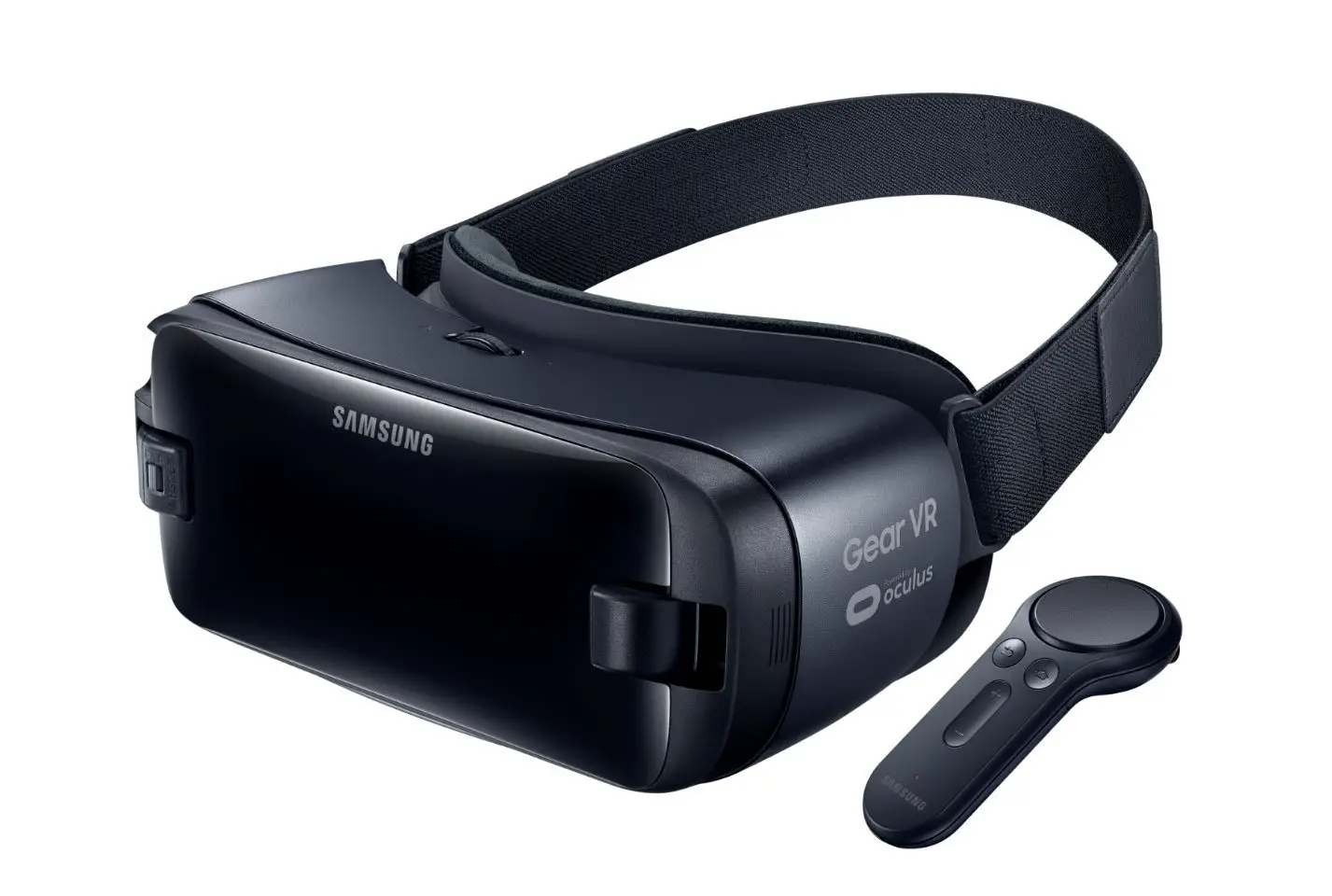
At this point it goes without saying that a huge part of Android’s appeal both to end users and developers is an in-born flexibility that allows it to be designed for a wide range of different hardware. We’ve seen Android go beyond the confines of smartphones and tablets, eventually making its way to EV dashboards, gaming systems, and even refrigerators of all things. That being said, it’s this same malleability which makes it an ideal software platform to power a mixed reality headset.
It’s not an unexplored concept however – for example, Samsung and Google both had smartphone-based solutions with Samsung Gear VR and Google Cardboard, which required an Android phone to serve as the internal monitor of the headset. Even the Occulus Quest runs on a modified version of Android, although its forked version somewhat limits the possibilities with regards to software, which brings us to our next point.
It’s Open Source
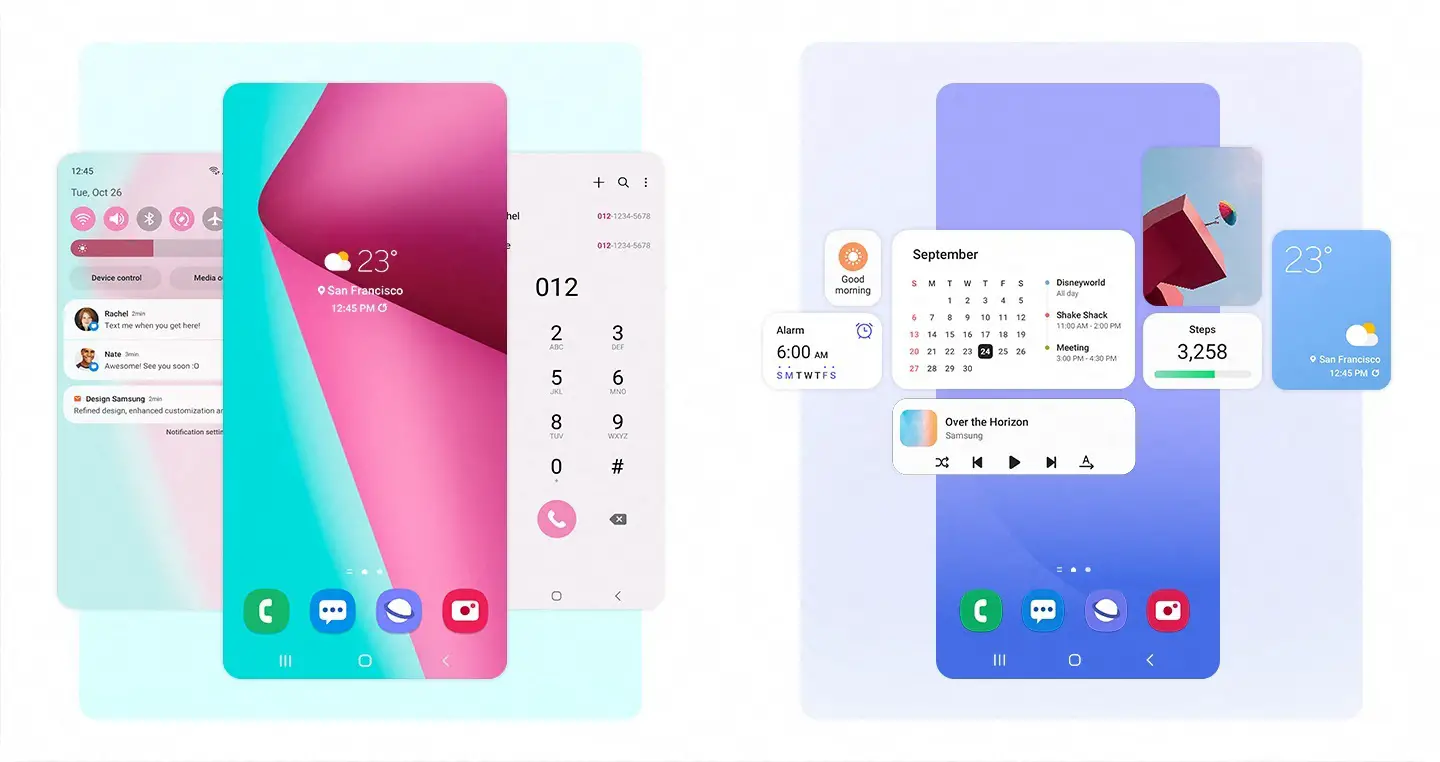
Given that we’ve seen Android molded and modified by different OEMs to work with their respective device ecosystems, it wouldn’t be a stretch to say that Android’s open source nature makes it ideal for mixed reality and “spatial computing” technology, as anyone can essentially do what they want with the software. Sure, it will take considerable time and funding to fully adapt it to a compatible hardware platform, but it helps that the framework is already there.
…it will take considerable time and funding to fully adapt it to a compatible hardware platform, but it helps that the framework is already there.
By comparison, the Vision Pro runs on Apple’s custom “Vision OS” which itself is separate from iOS and iPad OS for example, requiring app developers to work on another version of their software for an additional device with a smaller user base, something which has been an issue for certain companies.
A Large App Catalog
![]()
In relation to this, another advantage of having an Android-powered MR headset would be the pre-existing multitude of apps already available for Android, unlike Vision OS which is still in the process of working with developers towards specialized apps.
Of course these apps would have to undergo a bit of redesign to fit a different approach to user interaction, as we’ve seen with versions of Android such as 12L for example. In the past, Android has been notorious for the lack of app optimization on devices other than smartphones, although thankfully this has improved in the past few years. Since nearly every Android app is designed to work with a touch interface, it only makes sense for an Android-based headset to work differently in terms of usability and UI experiences.
Is it Practical Though?

It’s probably safe to say that there’s still a long way to go before dedicated spatial computing headsets become the norm, despite what Apple’s marketing campaigns and a barrage of influencer videos might tell you. Of course as with any new technology, it will take a while before it becomes more accessible to the general public (remember phablets?), although the earlier onset of other VR/AR headgear such as the Meta Quest and PSVR – while being designed for different purposes – helps to somewhat normalize the product category in the eyes of “average” consumers.
At this moment though your guess is as good as ours – maybe Apple’s relative popularity will further propel consumer adoption of spatial computing headsets into the mainstream, although on the other hand a more affordable Android alternative could have the same effect. Either way, seeing a more modern take on the Samsung Gear VR, or maybe even a Pixel MR headset is undoubtedly something to look forward to.
A guy can dream, right?

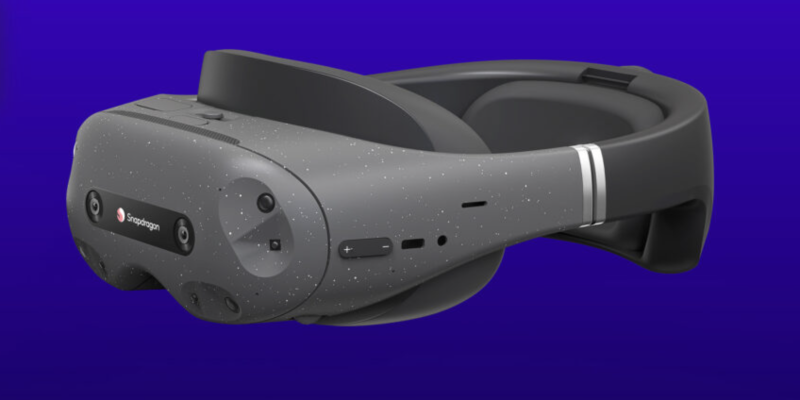
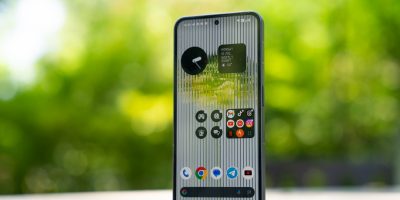
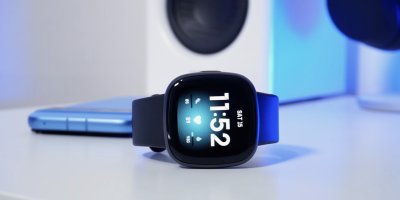

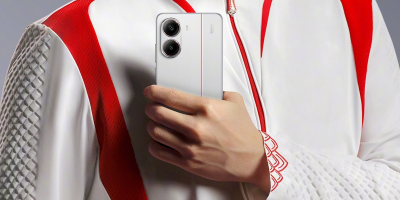
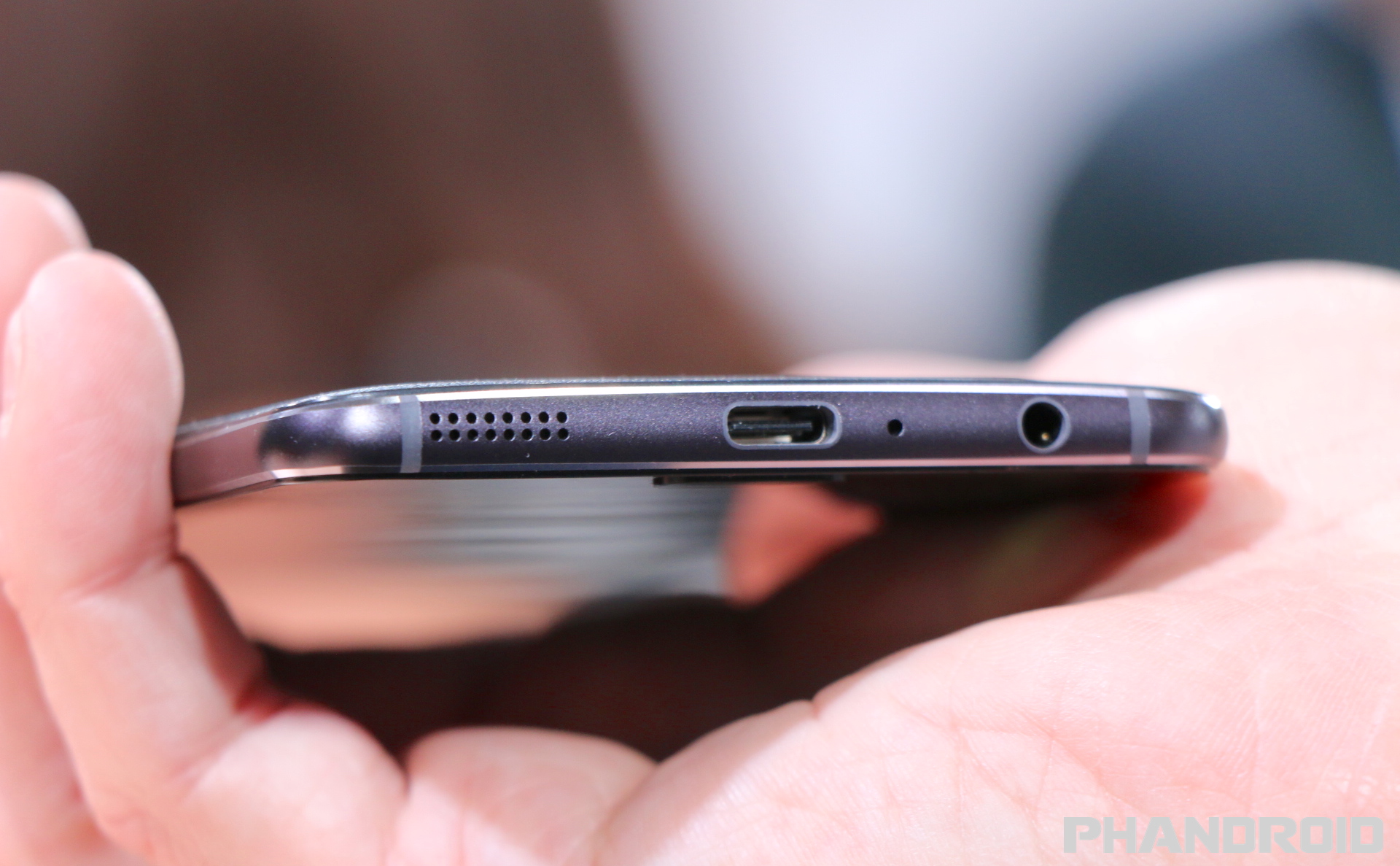

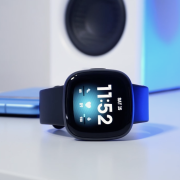

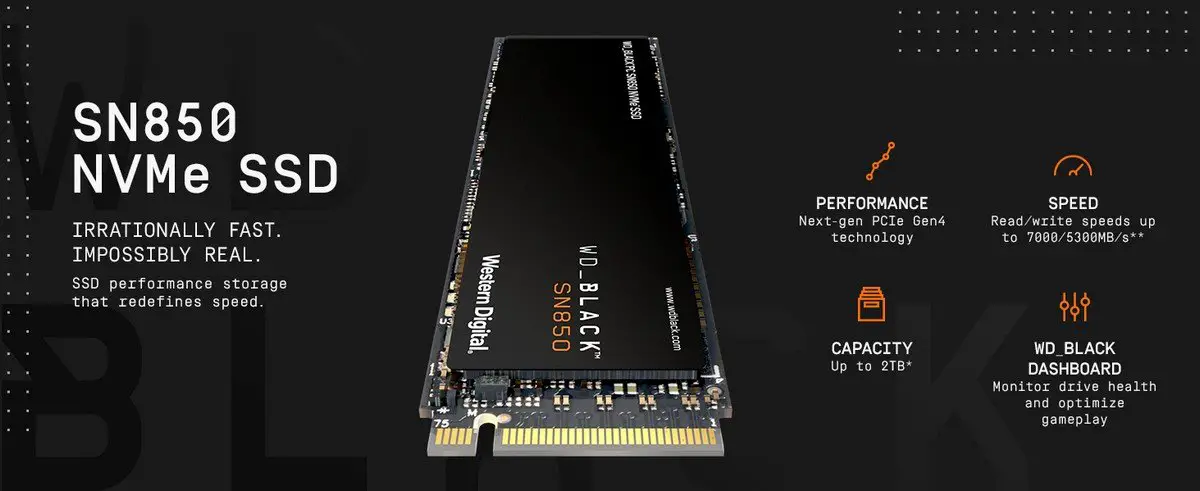

Comments